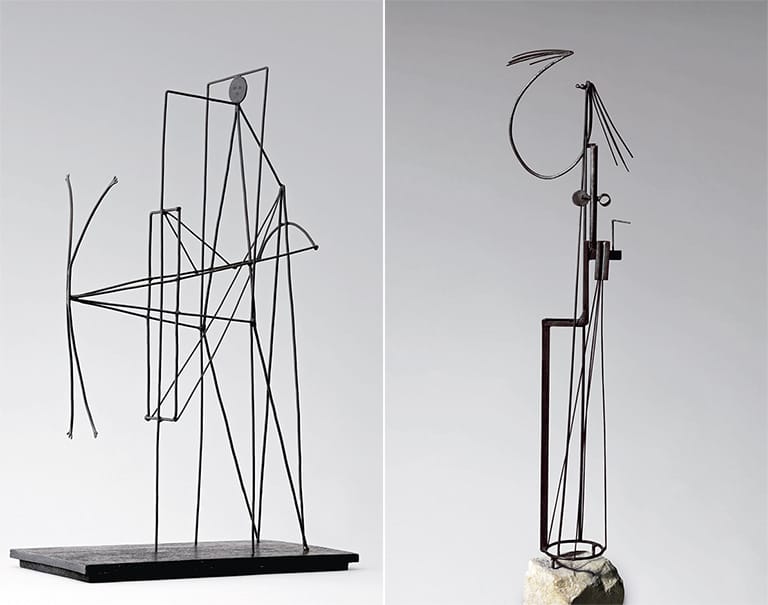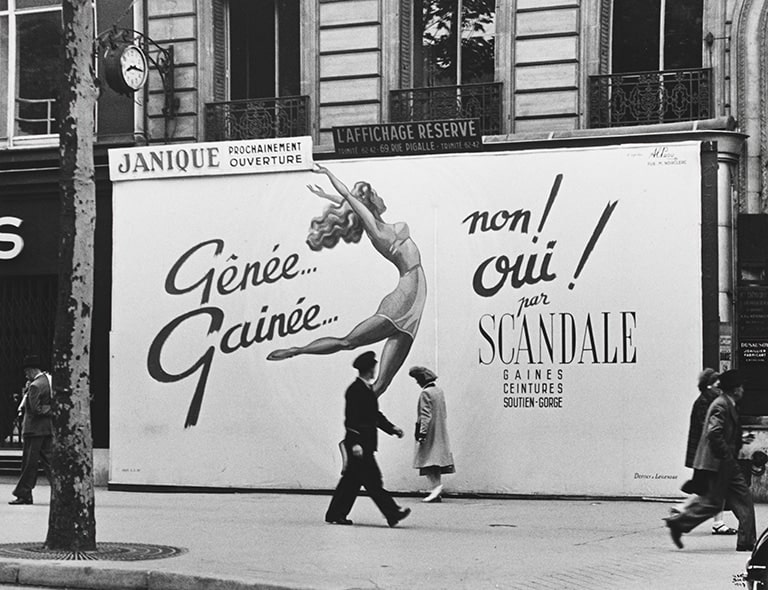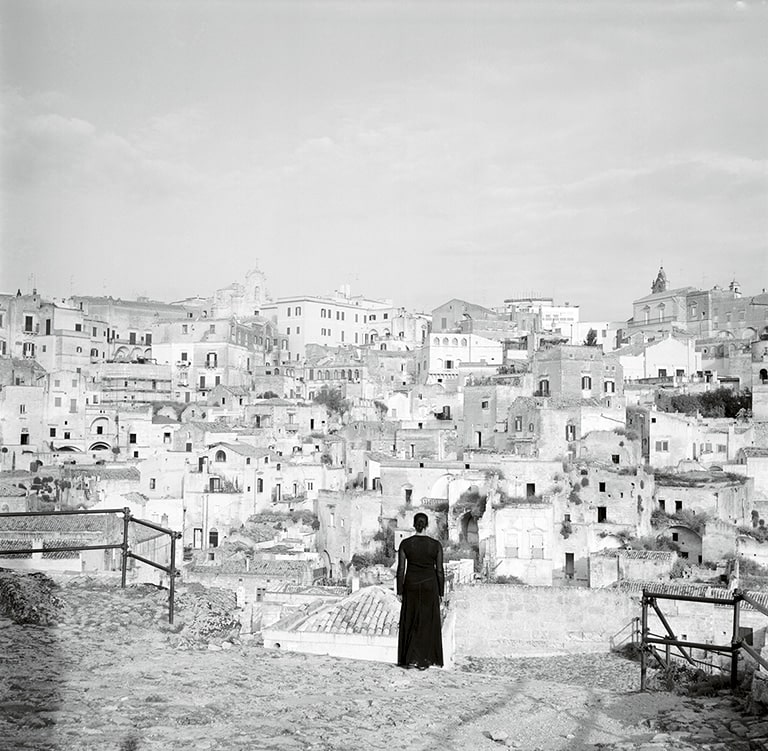Arte constructivo [Constructivist art]

Joaquín Torres-García
Arte constructivo [Constructivist art], 1938
© Joaquín Torres García, VEGAP. Madrid, 2021
© Fundación MAPFRE COLLECTIONS
Technique
Chinese ink and graphite on paper
Dimensions
Paper size: 20 × 18 cm
Frame size: 52 x 50 x 4 cm
Inventory
FM000331
Description
In 1938, Joaquín Torres-García had already fully conceptualized his notion of “Universal Constructivism”, a personal proposal that united elements of Constructivism, Neo-Plasticism and Surrealism. Starting in 1934, after a period in Madrid the previous year, he and his family lived in Uruguay.During the thirties, he had introduced geometric abstraction into his work and had been one of the founders in Paris of Cercle et Carré, a group that argued for a purist, rigorous and rational art. However, he was searching for an art that also embraced symbolism, metaphysical aspects and certain elements from the realm of the subconscious. He aspired for an art that would serve as a universal language and include abstract geometries and the archetypes and longings of humanity, represented by schematic figures.
In this drawing, we can observe the characteristics of his proposal, which, upon returning to Uruguay, was enriched with symbols from the pre-Hispanic cultural substrate and focused more intensely on metaphysical elements. Noteworthy are its rigid orthogonal and bidimensional qualities. Torres-García developed these Constructivist features in his peculiar drawings of unequal squares and rectangles drawn freehand, thereby avoiding the sterile and impersonal formulas of a more rigorous geometric abstraction. The structural organization is based on vertical and horizontal lines, which become a kind of cells containing signs. Torres-García set forth these hypotheses in numerous theoretical texts and through his important teaching work, from his first book, Estructura, written in Montevideo, to the founding of the Taller Torres García in 1943.
The artist creates a language of graphic signs that combine and mingle differently in his work. They do not have to be interpreted as mere vocabulary, however, but rather visual entities that demand imaginative activity. He also developed his own coded language, represented by the graphic designs in the upper right corner of this composition, possibly corresponding to the initials AAC (Asociación de Arte Constructivo), which also appear in some of the works by his atelier students.
This pen and ink drawing over a pencil base achieves its shading through exclusively horizontal lines that suggest two planes.It is related to the Cosmic Monument in Rodó Park in Montevideo, made from stone between 1937 and 1938. The monument appeared on the cover of the magazine Removedor, published by Taller Torres García, as a posthumous tribute and used as the advertising card of the Torres-García Museum, also in Montevideo.The symbols it includes make reference to the idea of the Universal Man, represented in the central rectangle in the lower part, next to the cross, the triangle and the number one, symbols related, respectively, to the spiritual and rational condition of the human being. The sun, fish and vase, as well as other associated symbols, appear in the form of stairs and waves.He also introduces the scale and animal and, most importantly, devotes one of the largest boxes to the enigmatic representation of the Earth as a semicircle with large round eyes. It is a depiction of Pachamama, the Earth in pre-Incan Andean tradition.This same image was reproduced on assembled and painted wood in 1944, and installed in the garden at the artist’s home in Montevideo, along with two other totemic figures, Idea and Father Inti. These symbols express intellectual, spiritual and physical planes, the conjunction of which makes humankind, its existence in the cosmos and its relationship with the earth possible.
[Carmen Bernárdez Sanchís]
ELRICK-MANLEY, Marianne (comisaria), Joaquín Torres-García: una vida en papel, cat. exp. Madrid, Museo de Arte Contemporáneo de Madrid, 2008.
GRADOWCZYK, Mario H., Torres-García, utopía y transgresión. Montevideo, Museo Torres García, 2007.
GUIGON, Emmanuel; COMADIRA, Narcís; BONET, Juan Manuel; PÉREZ, Carlos; LLORÉNS, Tomás; SEBBAG, Georges; LAHUERTA, Juan José; CASTILLO, Guido, Torres-García, cat. exp. Barcelona, Museu Picasso, Editorial Ausa, 2003.
JARDÍ, Enric, Torres-García. Barcelona, Polígrafa, 1973.
Joaquín Torres-García: universalismo constructivo, cat. exp. Málaga, Fundación Picasso, 2001.
LLORÉNS, Tomàs (comisario), Torres-García, cat. exp. Valencia, IVAM, 1991.
ROWELL, Margit (comisaria), Torres García: estructura-dibuix-símbol, cat. exp. Barcelona, Fundación Joan Miró, 1986.
TORRES, Cecilia, y BONET, Juan Manuel, J. Torres-García: obra constructivista, cat. exp. Pontevedra, Diputación Provincial de Pontevedra, 1996.




